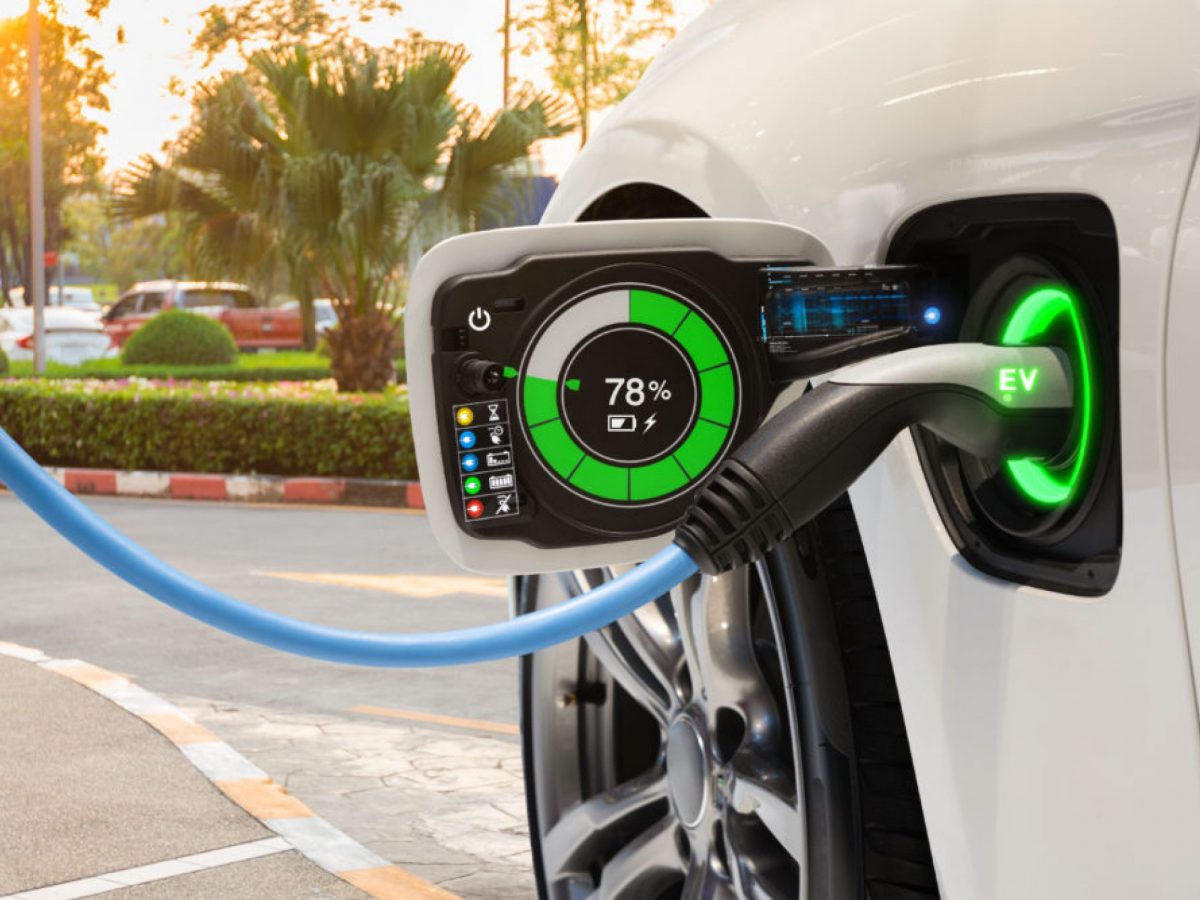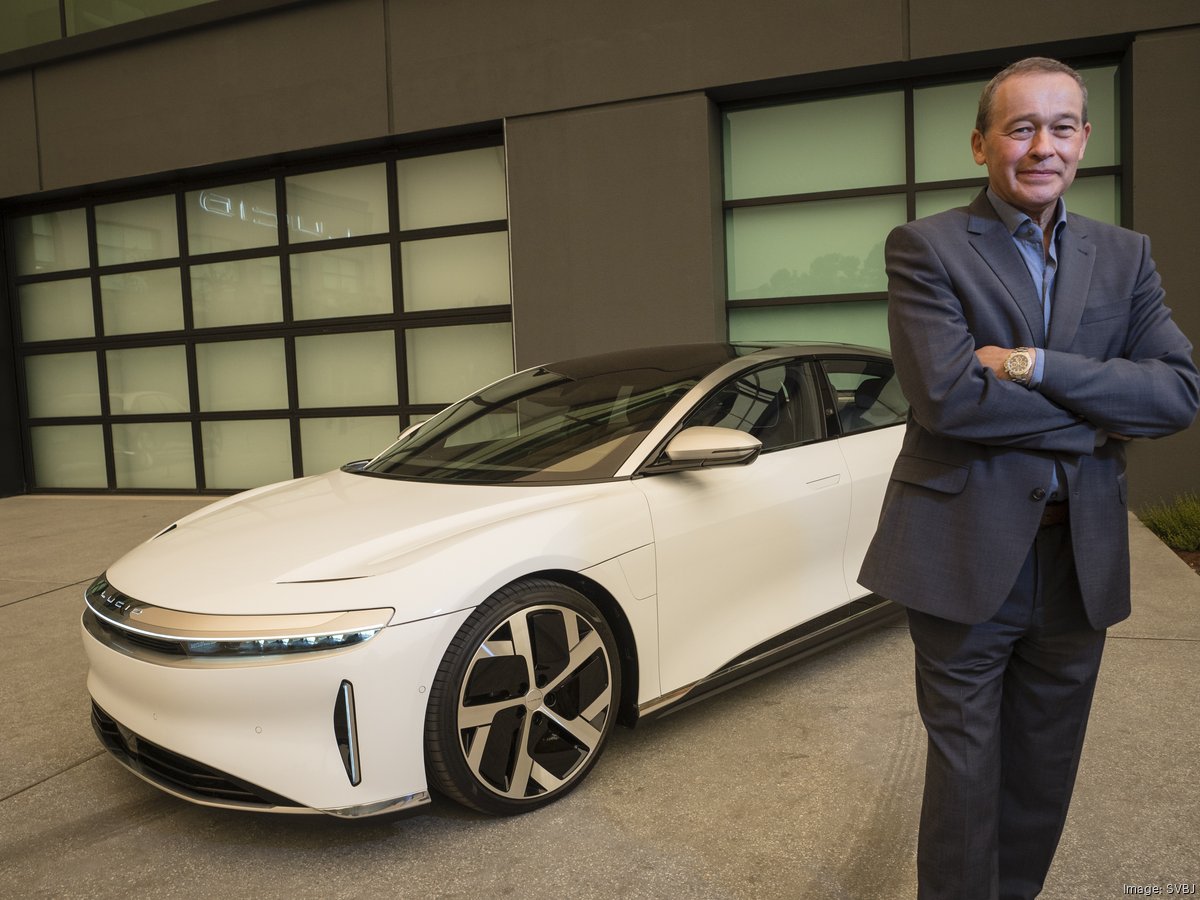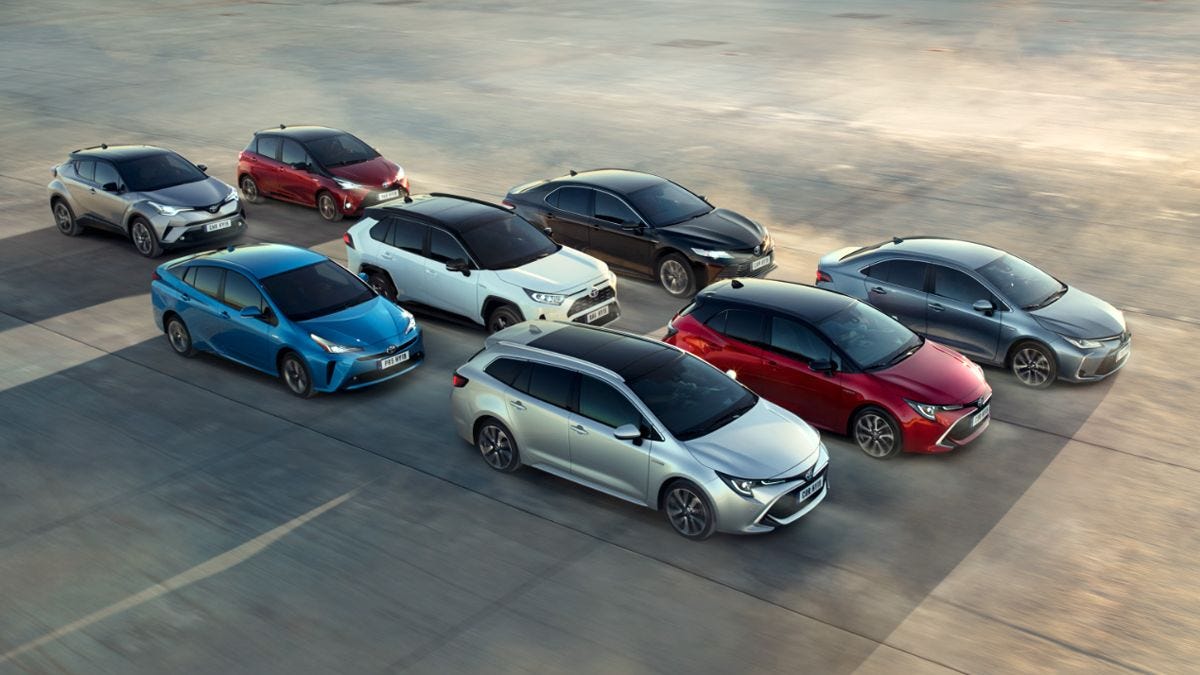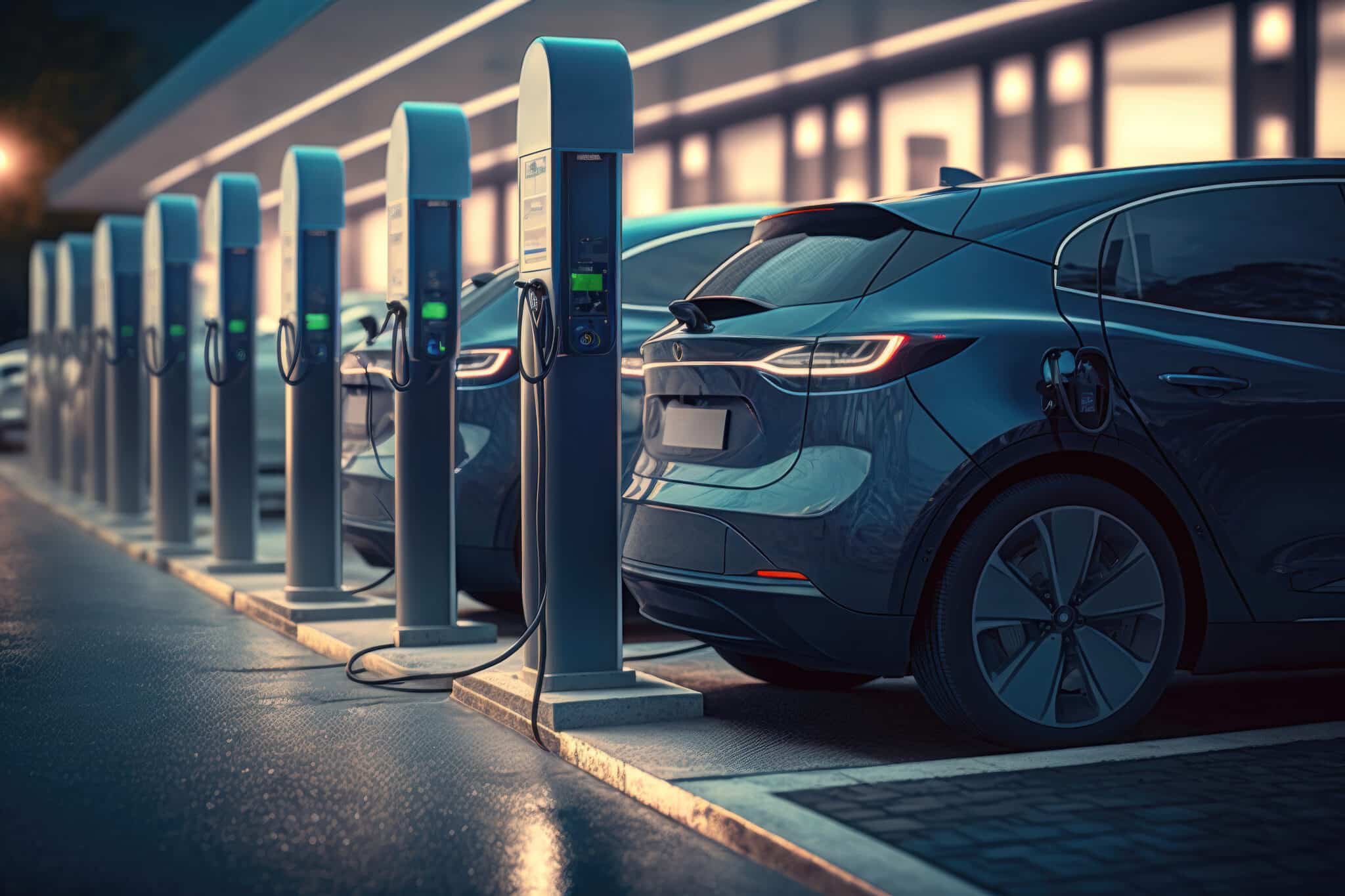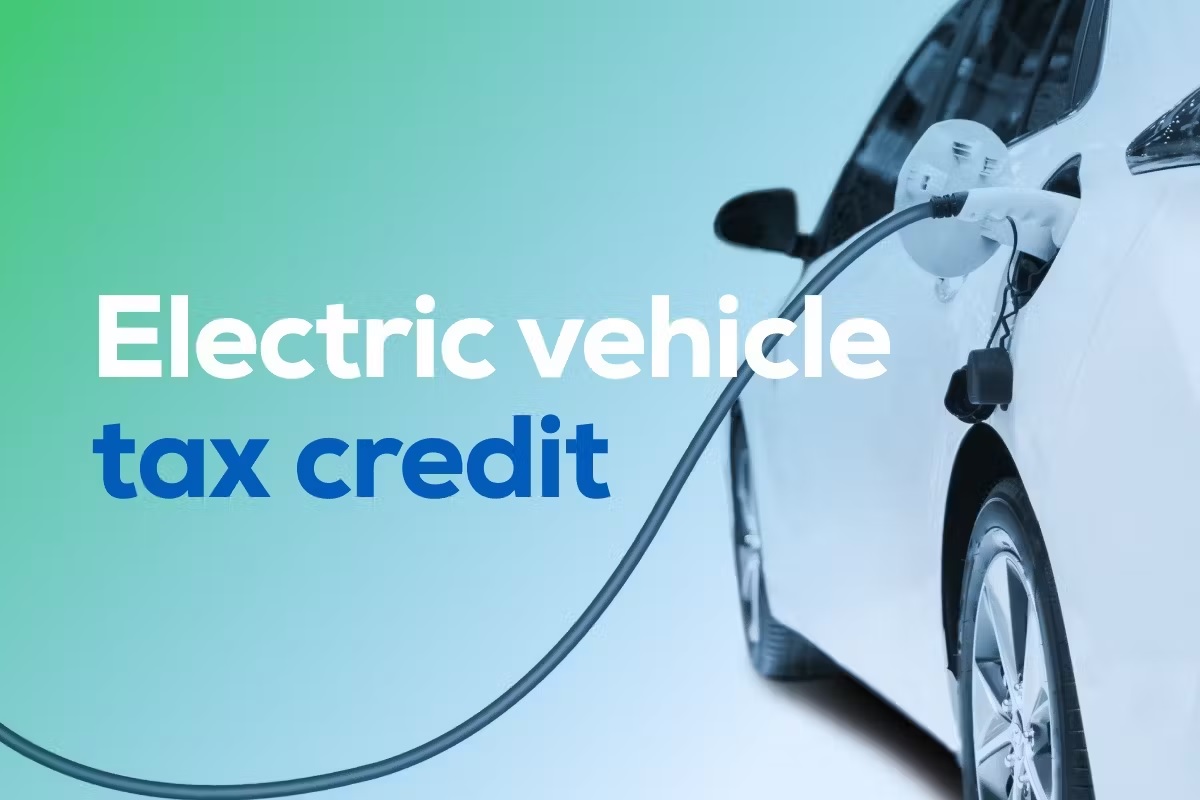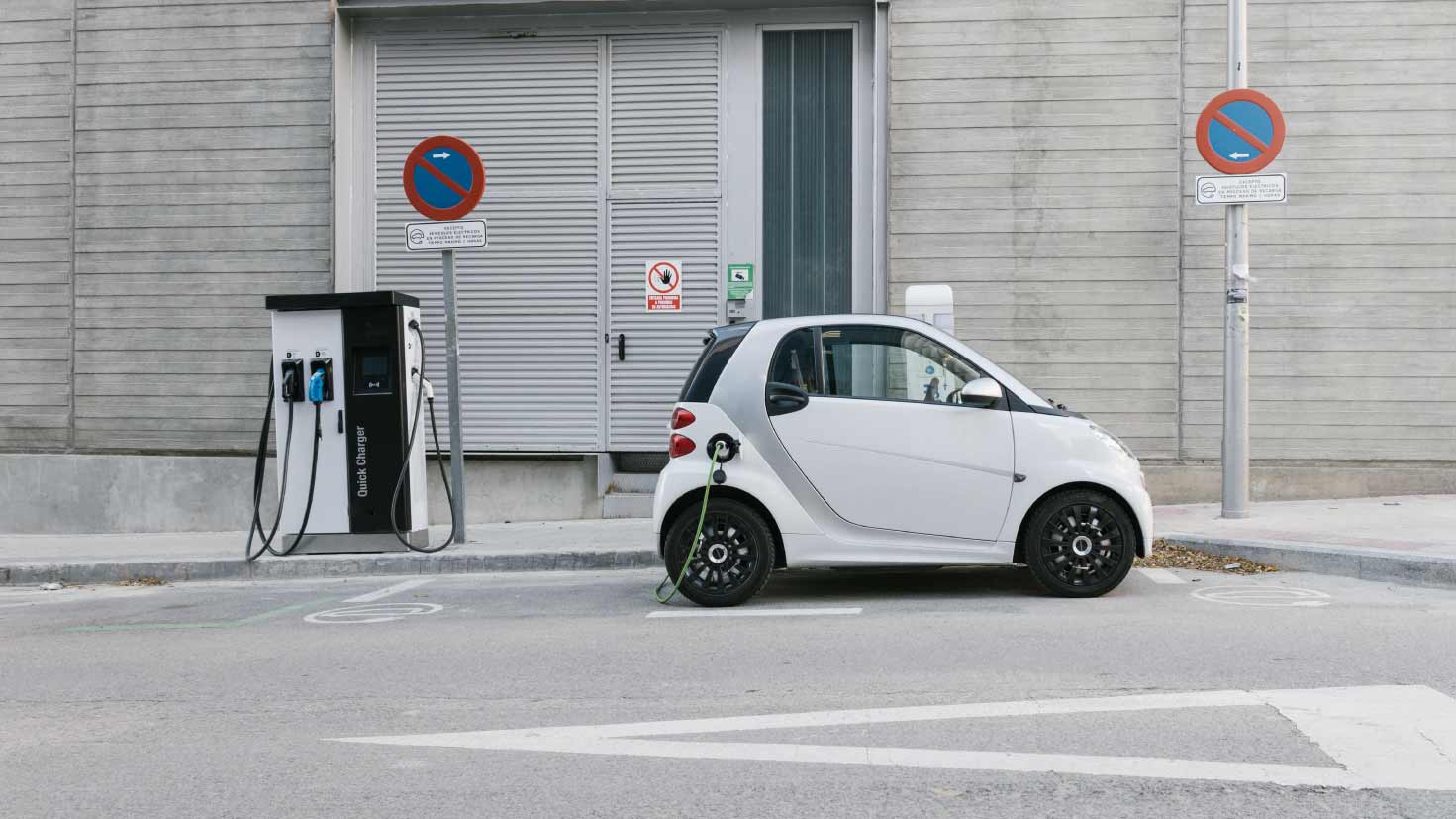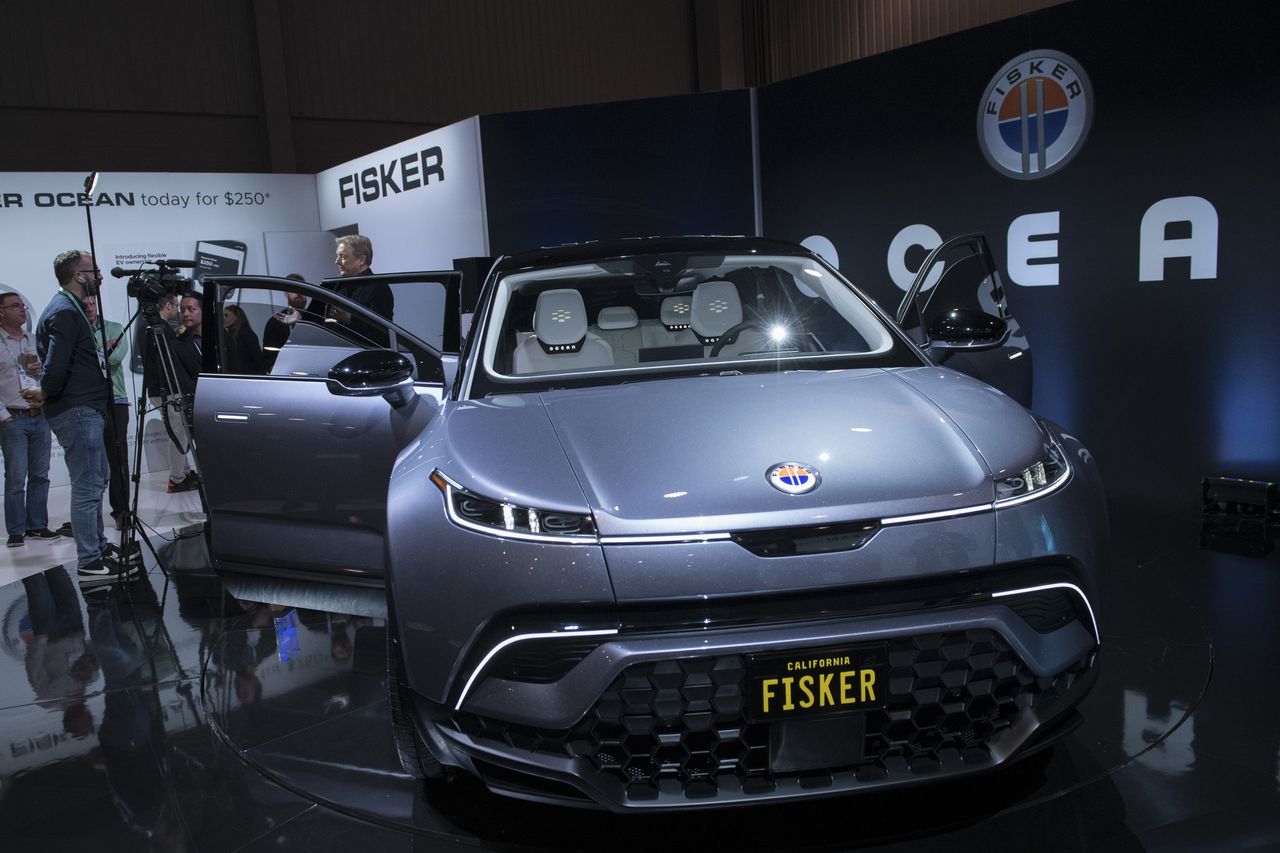US Automakers Face the Challenge of Meeting Customer Demand While Navigating the Transition to Electric Vehicles
Consumers in the US have always had a wavering preference when it comes to choosing their vehicles. Their decision-making process seems to be influenced by fluctuating gas prices, with fuel efficiency taking a back seat during times of low gas prices. The sales data for Ford F-Series trucks over the past decade mirrors this trend, reflecting the ever-changing preferences of American buyers.
Key Takeaway
US automakers are facing a dilemma between meeting customer demand for larger vehicles and transitioning to electric vehicles. Legacy automakers need to strike a balance between addressing consumer preferences and embracing sustainable transportation.
Interestingly, US automakers themselves are not immune to this goldfish-like behavior. Just a few years ago, they were bullish on electric vehicles (EVs) and made substantial investments in the technology. However, it appears that they are now having second thoughts.
Ford and GM have justified their cautious approach by claiming to respond to the needs of their customers. It is true that certain consumers remain hesitant to embrace EVs due to concerns over the convenience of charging infrastructure and the high prices of electric vehicles. However, critics argue that these challenges could have been addressed more proactively by automakers. Legacy automakers have failed to recognize charging infrastructure as an integral part of the ownership experience, while Ford and GM have priced their EVs out of reach for many potential buyers.
In normal times, tailoring product lines to match market demand can be a strategic advantage. However, during periods of industry transition, this approach can hinder progress and impede the adoption of newer technologies.
For years, automakers relied on the profitability of crossover SUVs and pickup trucks, investing heavily in these segments. In fact, Ford went to the extent of discontinuing mass-market cars in favor of crossovers, SUVs, and the occasional Mustang coupe. This strategy has paid off well, with Ford reporting $1.2 billion in profit for Q3, despite challenges stemming from the UAW strike. GM fared even better, raking in $3.1 billion in the same quarter. Stellantis, although yet to announce its quarterly earnings, boasted impressive profits of $12.1 billion in the first half of the year.
Given the success of their current model lines, why have Ford and GM decided to slow down their EV plans? The answer lies in the delicate balance between meeting existing customer demand and preparing for the future. Legacy automakers have long believed that a gradual shift to EVs while maintaining profit-generating product lines would be the ideal strategy. However, as the industry undergoes a transformative phase, the need for a more decisive and committed approach to electric vehicles becomes increasingly apparent.
While customers continue to favor larger vehicles, it is crucial for US automakers to strike a balance between addressing current market demand and driving the mass adoption of electric vehicles. The transition to sustainable transportation requires not only the development of affordable and compelling EVs but also a comprehensive charging infrastructure network that ensures convenience and peace of mind for consumers.
As the automotive industry evolves, US automakers need to make up their minds. They must navigate this pivotal moment, bridging the ever-changing demands of their customers with the imperative to embrace a cleaner and more sustainable future.







